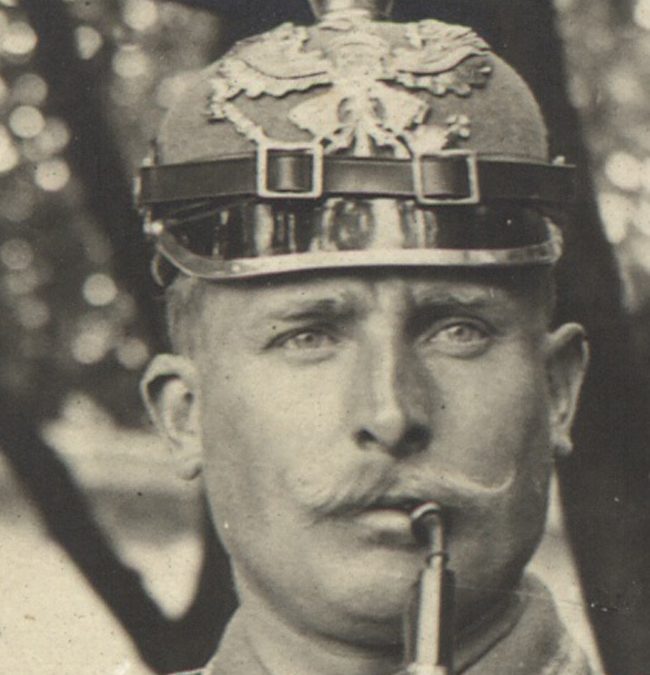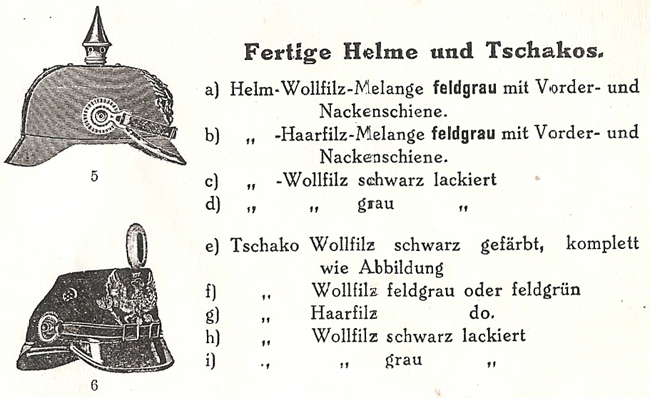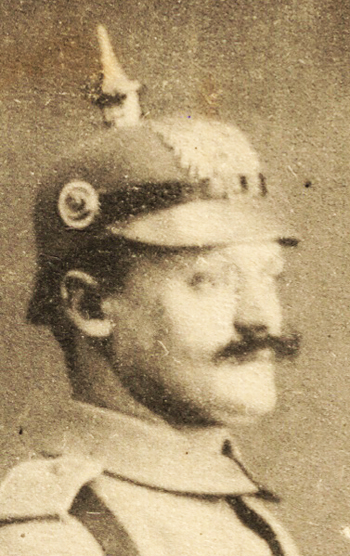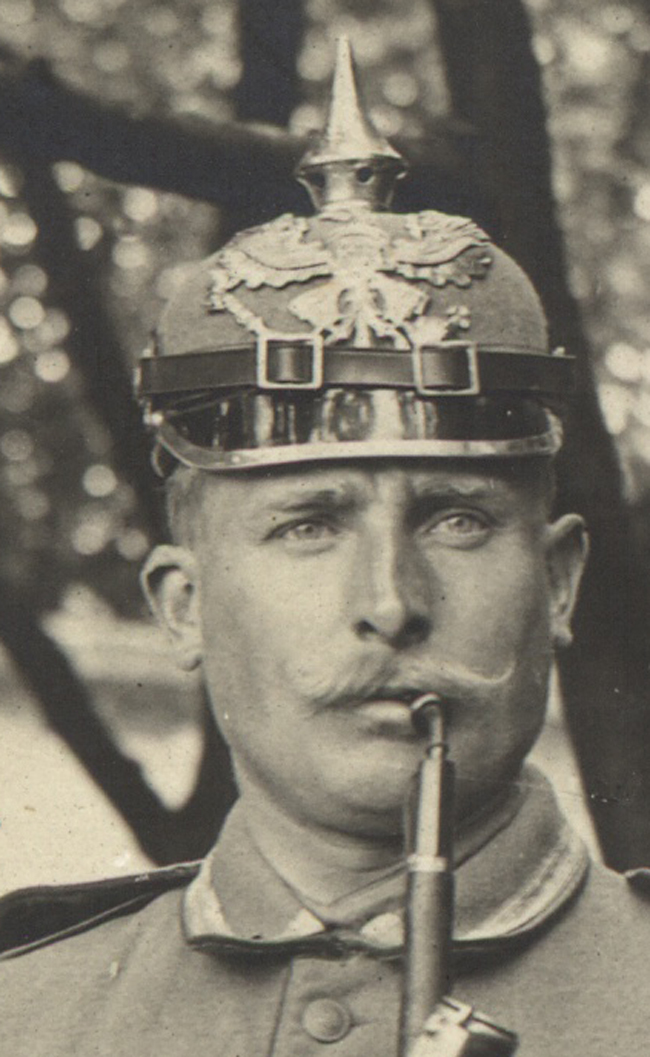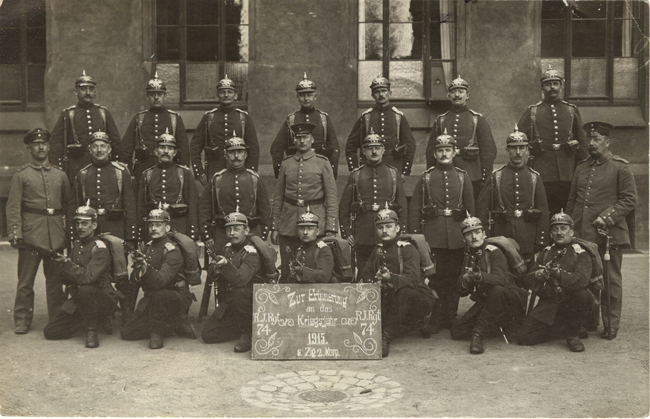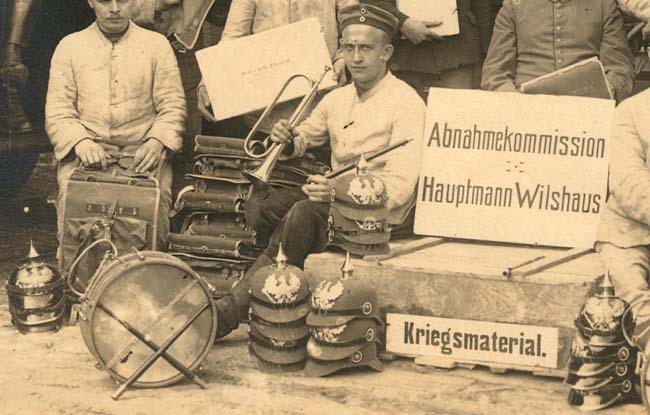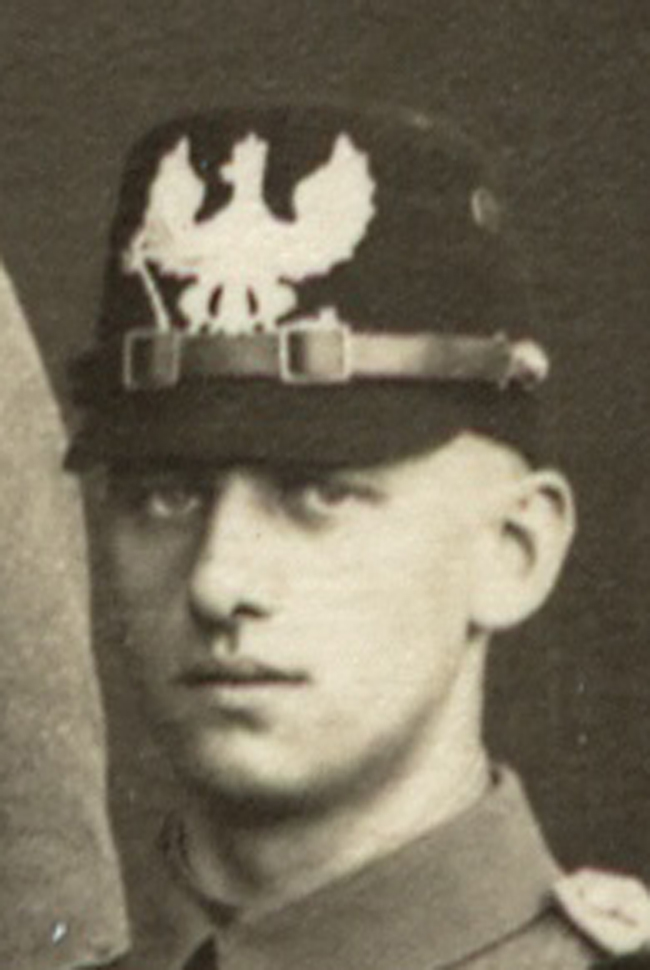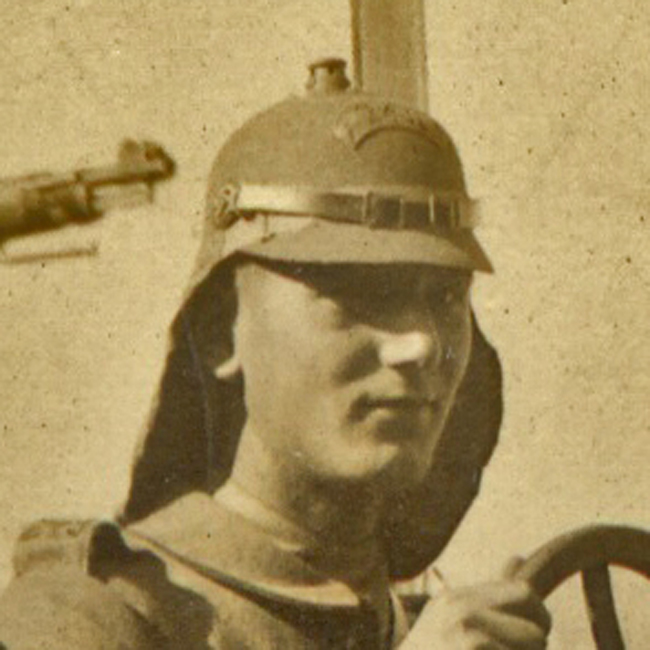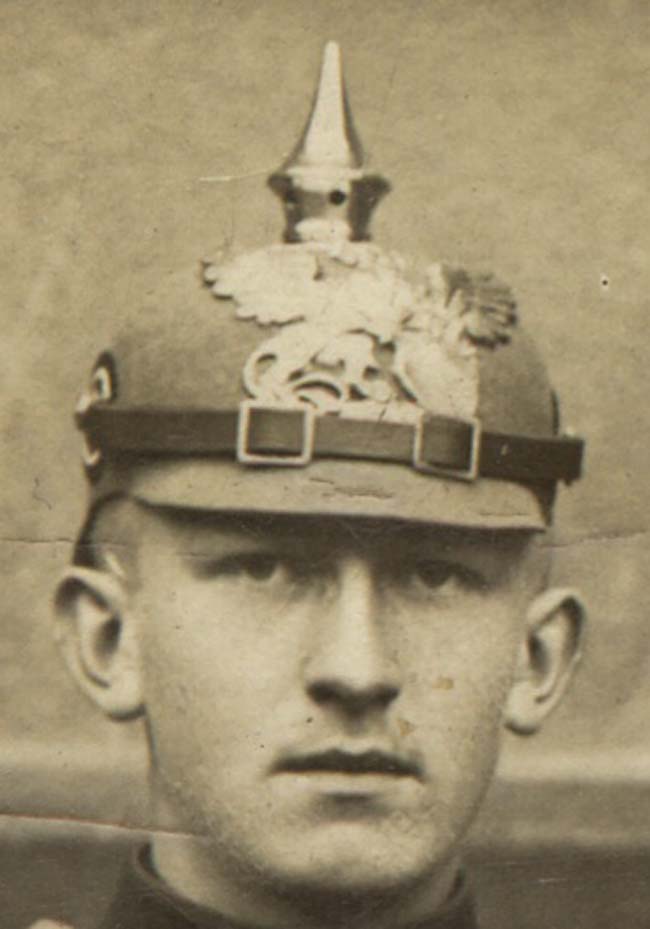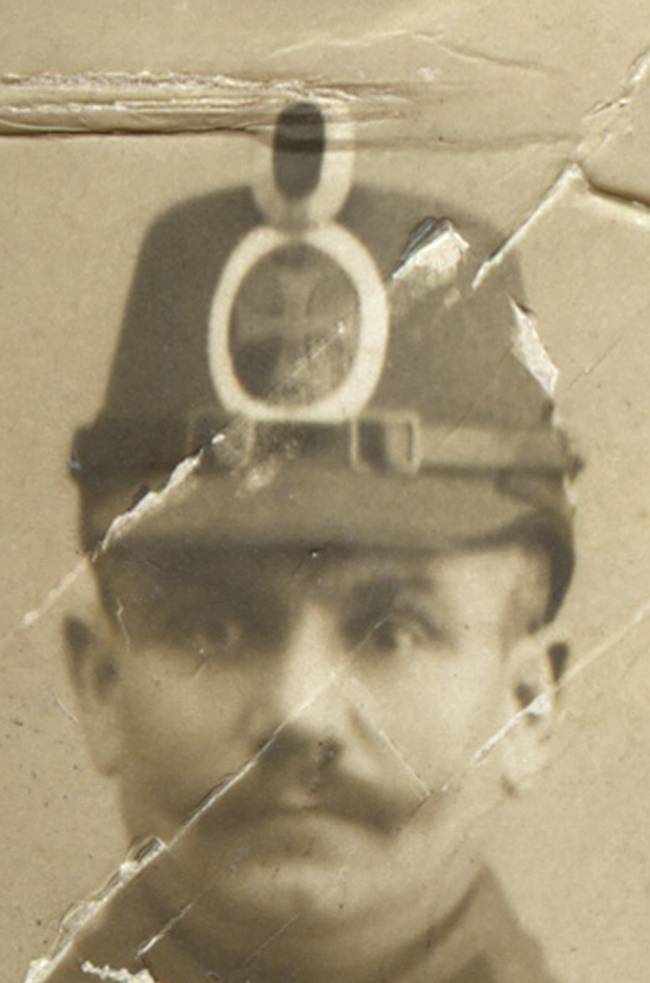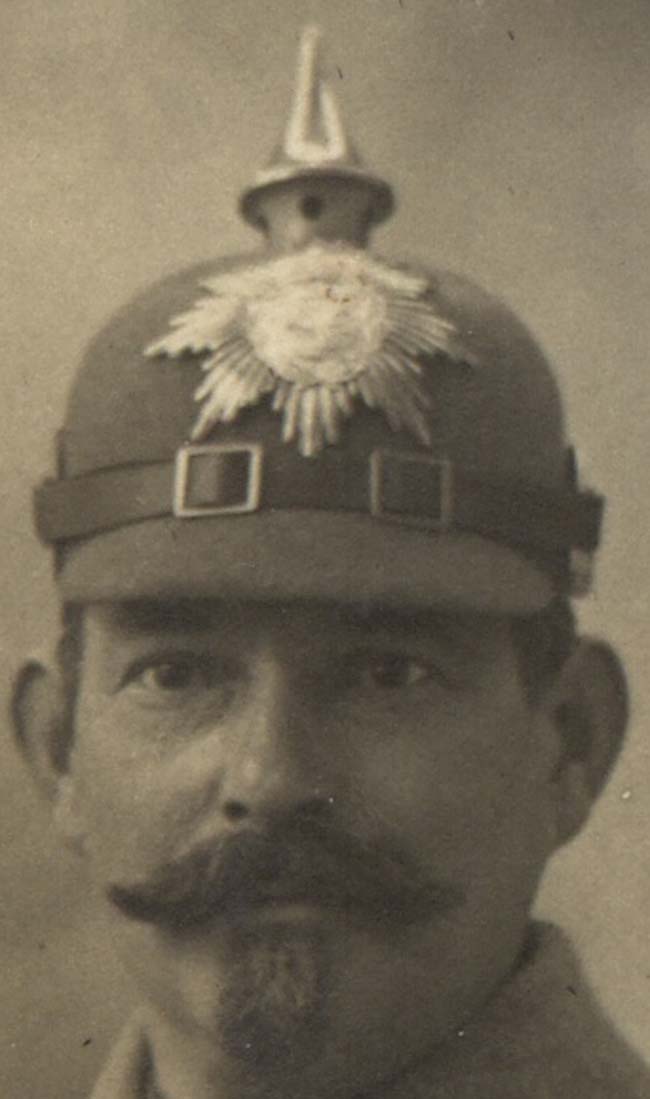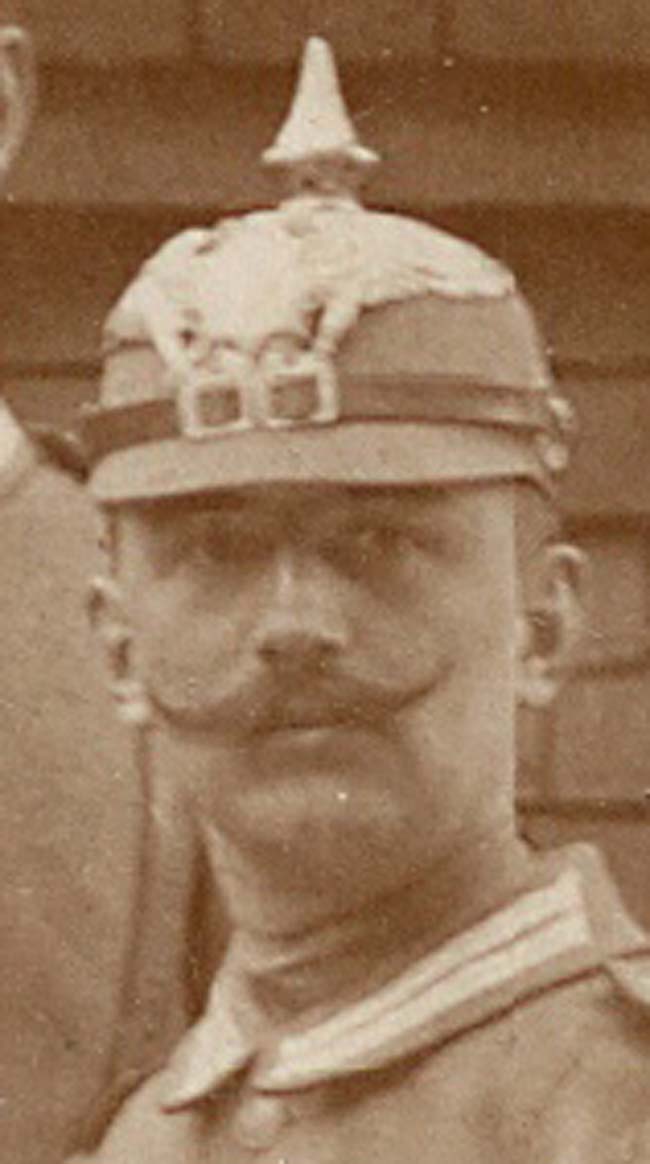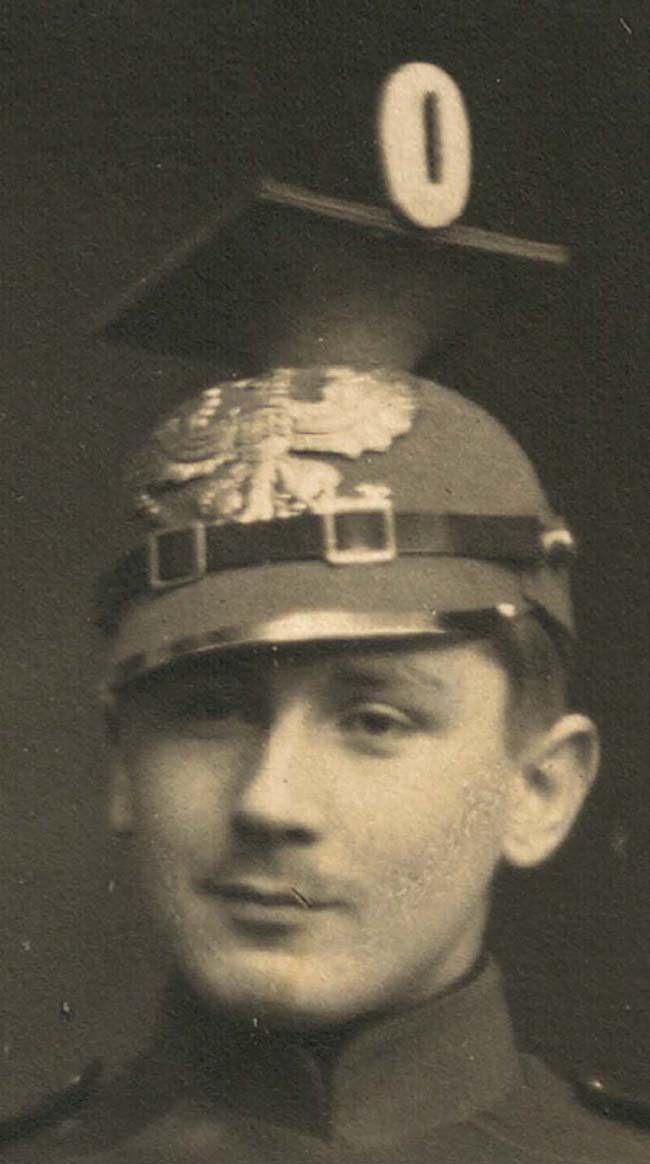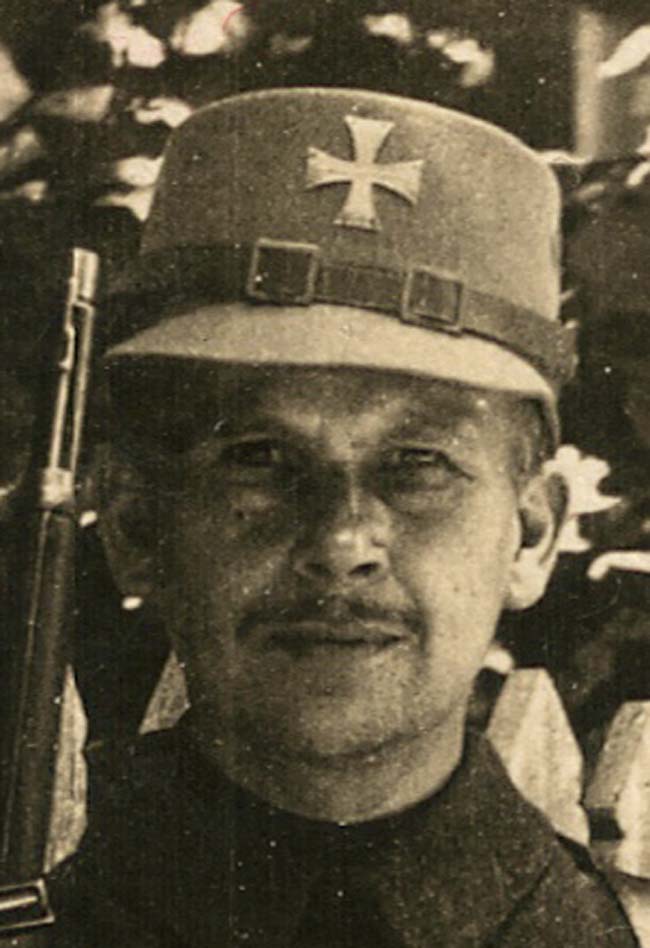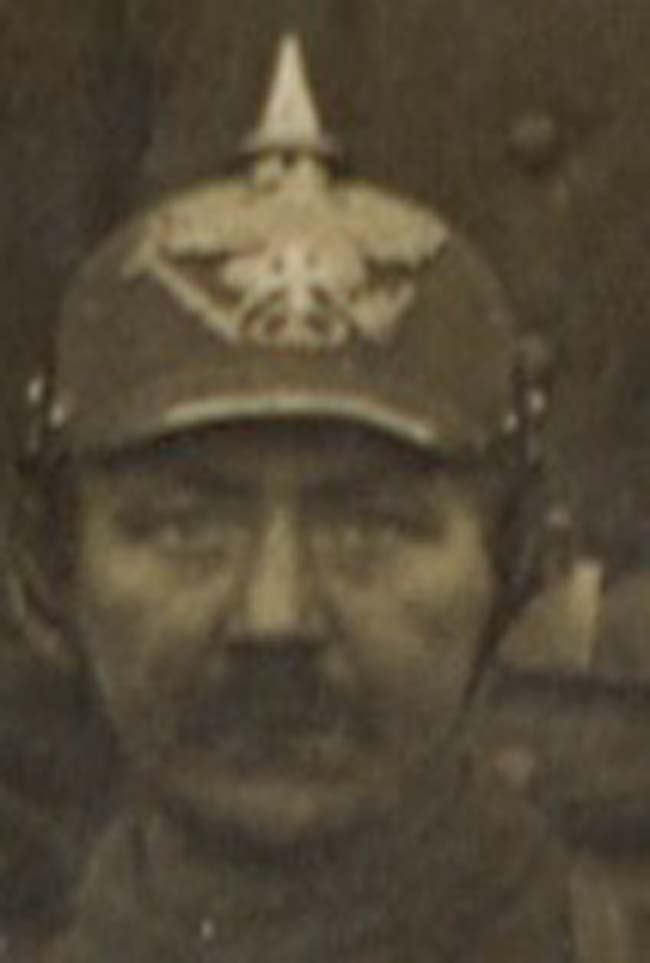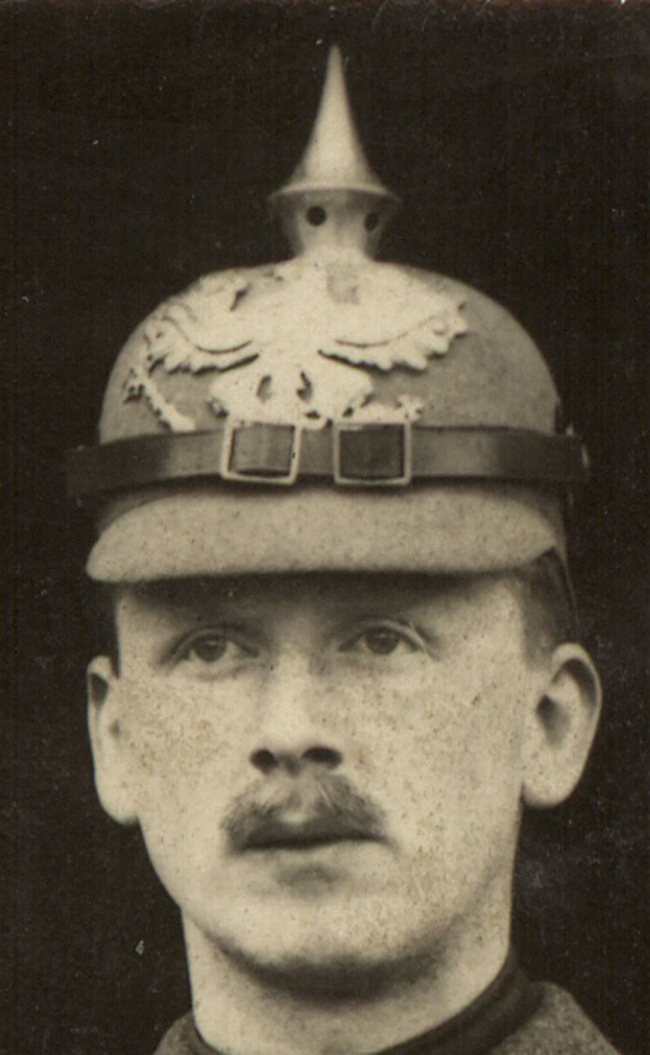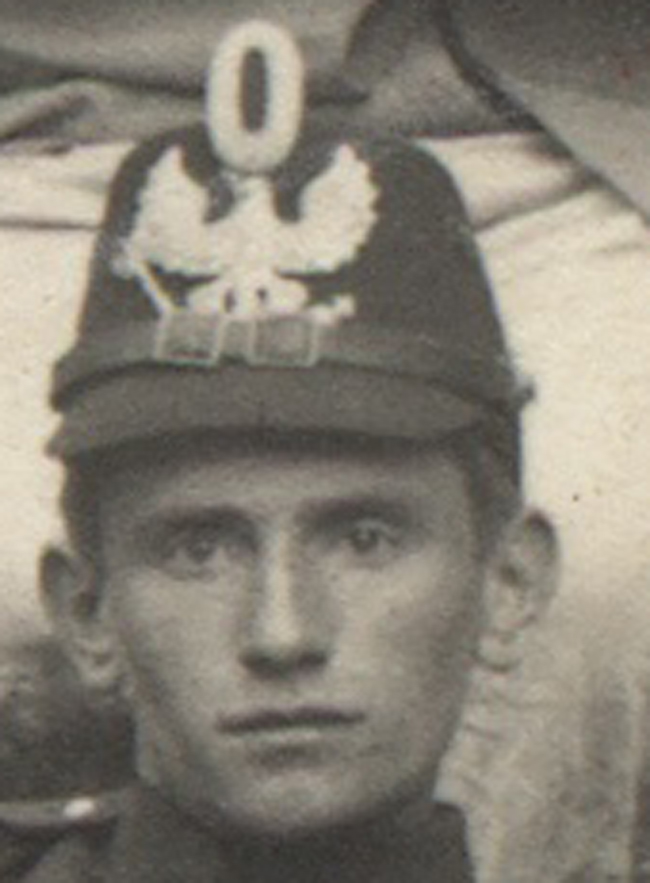Some Thoughts About Filz
Joseph Robinson
26 May 2005
A few thoughts on filz. This is not intended to be any kind of final word but rather a method of generating discussion on the topic.
We always hear a lot of misconceptions about filz. The old one was that imperial Germany ran out of leather sometime in August of 1914 and substitute material or ersatz had to be adopted because of the shortage. Filz was suddenly discovered and the felt pickelhaube suddenly came into use. This old story died very hard and is still in existence in a few places. However, it is overwhelmingly false.
The real reason for the adoption of ersatz helmets was because the total requirement for helmets totally outstripped the amount of helmets in storage or in the production line. This is confirmed by KM Nr.4315/10.14.13.3 Berlin 20 Nov. 1914. If you look at pictures of 1914 you will see old-style helmets pressed into service alongside newer models. The War Ministry of the various kingdoms leapt into service in trying to fulfill the needs of the created units for helmets. Existing industries and existing technology was best used to fill this need quickly without doing a great deal of retooling. There was an existing filz industry as hats made of filz had existed for quite some time. You can quickly bring to mind some gentlemen wearing a “Bavarian hat”. These were made of filz.
What do you mean by filz? Traditional wisdom says that this is felt. It is often correctly referred to as felt. However, it was not felt in the modern style but rather treated animal fur. Two animals parts gave their all for this industry one was rabbit fur and the other one was sheep’s wool.
Here’s a quote from a hat company (http://www.noggintops.com/page.cfm?p=37):
“Fur felt, made from the fine hairs of rabbits or beaver, is generally thinner, lighter in weight, and more dense than wool felt. Due to the density of the material, fur felt hats can have a raw edge brim (just cut, no binding or welt) while wool felt hat brim edges must generally be bound or welted (turned over and sewn). The greater density of fur felt generally relates to a longer lifespan of the hat (there are Civil War era fur felt hats that could still give good service). Fur felt hats can also be given a smoother finish than wool felt, which is why it is a preferred material for dress hats. Both felts have similar characteristics of water-repellency and breathability (though there are a host of poor quality wool felt hats out there that fall apart when they get wet–none of which are sold here). Wool felt hats have an edge in insulating ability in cold weather.”
In the Bavarian archives there is a substantial listing of the different types of filz helmets offered by one firm–Bruno Sturm of Guben
(Derivative firm still exists making hats.) This was an existing company that produced hats for the colonial troops, religious uniform hats, and for the youth groups. This was an existing industry. A prototype of a helmet had been used by colonial troops in Asia earlier in the century (above 1901). And there had been an experimental Prussian helmet in 1905. Therefore, it was copying an existing technology. Both of these kinds of helmets were built around a filz helmet body with added on leather or fibre visors. The experimental model was withdrawn in 1906 because it did not “shine”. While it might have been withdrawn the stocks were certainly not destroyed and seem to have been reissued in 1914. The best example of this is located Tony Schnurr’s site along with a fine essay. http://www.kaisersbunker.com/dunkelblau/helmets/dbh71.htm This experimental helmet was a leather helmet covered in filz.
Basically there were 2 general types of helmets offered by Sturm. Those that were lacquered on the outside and those that were not — which were considered “finished helmets”. You could get a finished helmet with both a front and back visor made out of either rabbit or wool. Shakos were the same way except that they appear to always come with visors.
Again this is only one company and there were obviously many variations on a theme. The sole purpose here is to show that there were 2 different materials used. I cannot say that they look any different but perhaps collectors with more examples will be able to show the difference. Another letter to Bavarian war minister, G. Benedict. Berlin 30 Nov 1914. BayHStA. Abt. IV M Kr 5103, cautions the ministry about visor trim saying that his firm could produce this however they have been frequently rejected by some other BKA because it had come loose easily. In addition it cost .25 marks more with the front trim than without. Again with this one example it seems as though both kinds of materials could be colored field green or field gray.
There is another document in the Bavarian archives– Bayer. III. A.K. Nürnberg 12 Apr 1915 Bayer HStA Abt IV M Kr 5103. Bayer. III. Army Corps to the Bavarian Ministry of War providing feedback about the various types of ersatz helmets. In this letter, it is claimed that most of the filz helmets were issued to replacement units and troops. They said that the spiked helmets made of filz were both light and comfortable. However, a major complaint was that they were not waterproof, absorbed water from rain and snow, became heavier and stretched out losing their original shape. There was also a complaint that they provided little protection from edged weapon wounds. The author of the letter suggested a solution by using filz helmets that were lacquered and therefore waterproof. There was no existing example however in the III Bavarian Army Corps.
6 days earlier, III Bay Army Corps 6.Apr 1915 BayHStA. St. Benoit Abt. IV M Kr 5103, lamented that the filz took a lot of time to dry out and after they did the filz became hard and broke easily. They also provided little protection against shell and stone fragments. Medically, there were complaints about pieces of filz being driven into the wound causing infection and inadequate healing. The suggested solution of this organization was a waterproof helmet cover.
Then I. Bayer.A.K.12. Apr.1915 M Kr 5103 also responded to this request for feedback saying that they had not had adequate time to make final judgments on them. I Bavarian Army Corps preferred filz to metal helmets because of their comfort but also lamented their absorption of rainwater and that they lacked adequate ventilation to dry out therefore losing their shape.
There seems to have been an entire constellation of various filz helmets. Some with visor trim, some without, some with roled trim, with and without different kinds of rear trim on the spine. Some have filz visors others do not. There are also cavalry helmets made from filz. There also seems to be an entire constellation of providers. It seems to have come from the craft guilds but I do not know enough yet. There also seems to have been a huge difference in pricing. As different army corps and war ministers were seeking products the manufacturers raised their prices. There was a shortage of the replacement hats and the demand was very time sensitive.
Here are some things that I would love to see from collectors who have examples.
1. Can you visibly tell the difference between wool and rabbit examples?
2. What was the relative price of the different models?
3. Was there a production run of leather or fiber visored filz helmets in 1914 or later? Or were all of the leather looking visors 1905 reissues or repair jobs?
4. Can we show various examples?

